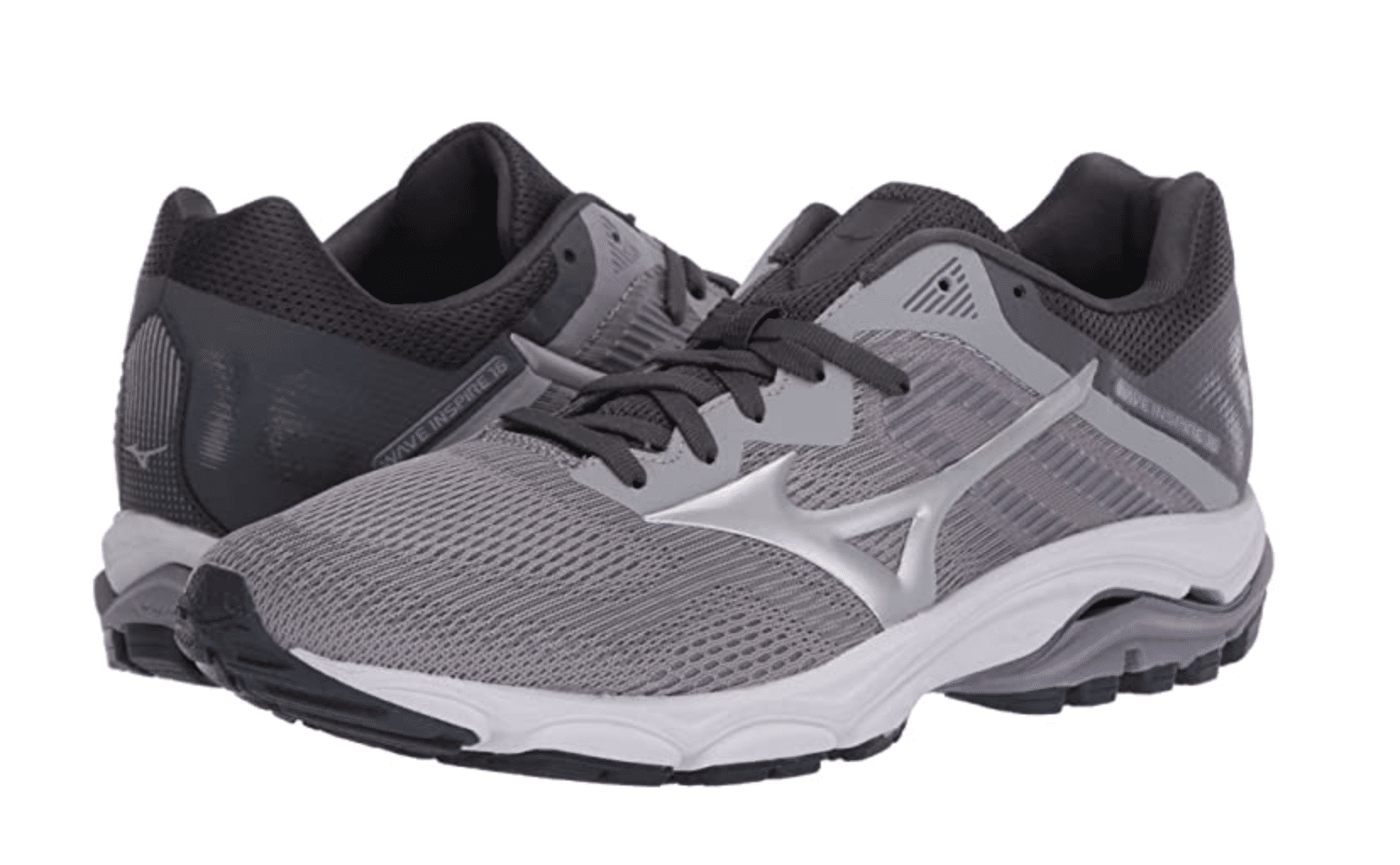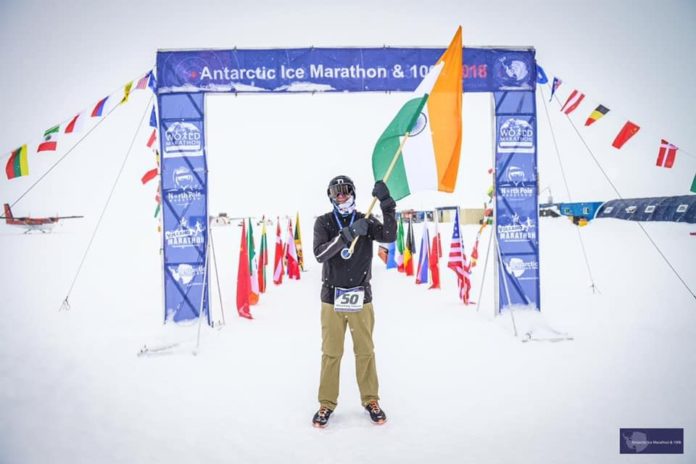The bigger the dream, tougher are the challenges. This belief of mine was tested when I participated in the Antarctic Ice Marathon on 13 December 2018. At the time of signing up for this marathon, I knew that it would be the toughest and craziest thing ever attempted by me. The marathon is held in the interiors of the frozen continent, 600 miles from the South Pole. After running over a dozen marathons across the world since my heart bypass surgery in 2009, Antarctica was the fifth continent in my quest of running full marathons across all seven continents. Succeeding in this endeavor would put me in the pole position of becoming the rare heart bypass patient to accomplish such a feat, globally.
The budget for this event was steep but I did not want this opportunity to pass. Initially the thought of seeking sponsorships did cross my mind. But since I had managed to self-finance all my global marathons so far, the plan to seek external assistance for this run was shelved. As regards to training, my commitment and discipline were steadfast. I took the heat and humidity of my home city, Mumbai, in my stride and put in hours of practice. To make up for my lack of running experience in sub-zero temperatures, I also managed to pack in some short runs for a week in snow-covered Helsinki. When it came to mental strength, my confidence was supreme. I had overcome many challenges in the past couple of years and knew that my core virtue was resilience.
“I had overcome many challenges and knew that my core virtue was resilience”
However, just a few days before boarding my flight to Chile, I fell ill. Under the influence of heavy medication, I had lost my appetite and was feeling weak. But, it was too late to back out of the race.
The travel from Mumbai to the Union Glacier base camp set up at the foothills of Ellsworth Mountains in Antarctica itself was a big adventure. It took me over thirty hours of air travel spanning a four-flight journey to reach Punta Arenas in southern Chile. The following day, 50-odd participants from 16 countries boarded the Ilyushin IL-76D, a Russian transport plane which took four and half hours to reach the Union Glacier. Landing on a blue ice runway is risky, but the Russian pilots aced it. The base camp set up near the temporary runway consisted of brightly colored clam tents for participants and crew as well as a heated dining tent, which also doubled up as central meeting place for everyone at the camp. The staff and facilities at the base camp were wonderful.
The night before the marathon it snowed and weather deteriorated rapidly, leading to a near white-out situation. The Union Glacier landscape, which looked awe inspiring the day before, was reduced to a giant white canvas. With a poor visibility, energy sapping underfoot conditions, a wind chill of minus 15-degrees, frostbite, snow blindness and hypothermia, the list of perils on the race day was never ending. Also, at age 55, I was among the older participants.
Against such heavily stacked odds, I started my run on an active glacier in the coldest and remotest part of the world. All I knew was that this was not the time to rue over my recent illness or think of dangers that will get me down.
Magic at the Extremes
Three hours of running and I had barely covered 15 kilometers. I could sense my body shutting down slowly. My speech was slurring, and I could feel my jaw tighten. My body was screaming stop. The other fellow runners had by now dispersed into the white wilderness. The only sound that could now be heard was the crunch of snow below my feet and my heavy breathing. The small blue flags placed as route markers every few meters broke the monotony of this excruciatingly lonely route. In between, there were strong gusts of wind to slow me down further.
To complete the balance distance of 27 kilometers was a Herculean task. Though the finish time was a generous ten hours, the idea of being on your feet for such a long period of time in this hostile territory was daunting. The next seven hours was a period of intense focus and commitment. I needed to conserve my energy levels to reach the finish line. Till the halfway mark, I adopted the run/walk strategy: run between two blue marker flags, walk between the next two. The balance half-marathon distance was covered by walking, one step at a time.
By the time the finish line could be spotted, I had spent nearly 10 hours on the route. Thankfully, I had the company of Ray Quintana, a fellow participant, who opted to walk with me on this lonely route from the halfway mark. In the bargain, Ray gave up on his timing for a stranger whom he barely knew. The only request he had was that we should finish together. And we did, hand in hand, within the cut-off time. I am forever indebted to the support and encouragement received from Ray. His selfless gesture reiterated my faith in the magical power of kindness.
Runner’s High
The finish was surreal. Nothing ever can beat the feeling of waving the Indian tricolor at the finish line of one of the toughest marathons at the end of the earth. It made up for all the hardships that I had undergone. In the end, it was hardly a race. It was more of an endurance event testing my physical and mental strength.
Post-race, we got stranded at the base camp for few more days due to poor weather conditions. It was a stressful time for the runners and their families back home. However, the camaraderie that developed among the exhausted runners over alcohol, food and stories was remarkable. For most of us, this marathon had fulfilled one of life’s most treasured dreams.
Running marathons teaches you that one cannot rest on past laurels. I am already dreaming about my next big challenge. I plan to sign up for the 2020 edition of Volcano Marathon in Atacama Chile, the highest desert race on this planet. The thought itself is giving me a runner’s high.
by Dhananjay Yellurkar, Chief Risk Officer at NIIF Infrastructure Finance Limited



